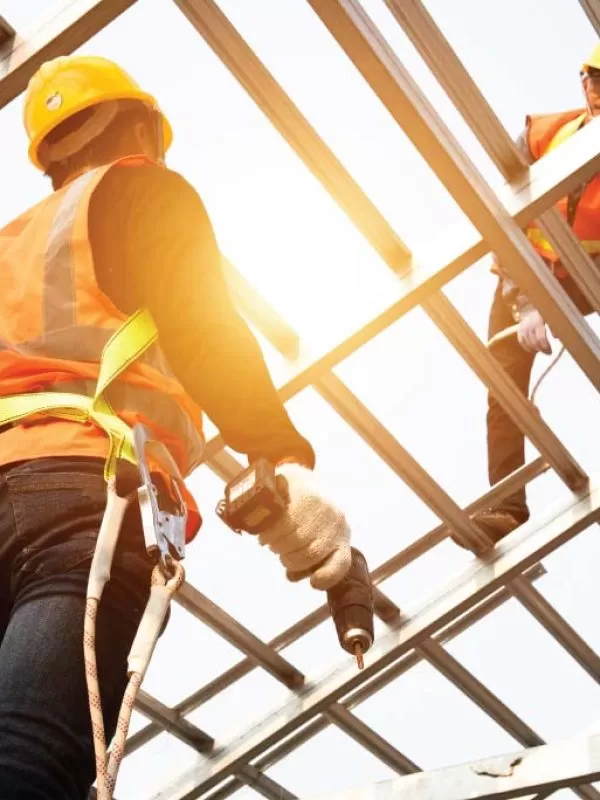In the realm of roofing options, “metal roof structures” have emerged as a durable and aesthetically pleasing choice for both residential and commercial buildings. The versatility and longevity of metal roofs make them a popular option for those seeking a reliable and long-lasting roofing solution.
Understanding Metal Roof Structures:
Metal roof structures are engineered systems that use metal materials, such as steel, aluminum, or copper, to create a robust and resilient covering for buildings. These structures consist of various components that work together to provide not only protection from the elements but also an added layer of architectural sophistication.
Advantages of Metal Roof Structures:
Durability:
Metal roofs are renowned for their durability and longevity. They can withstand harsh weather conditions, including heavy rain, snow, and high winds, without deteriorating over time. This durability translates to a longer lifespan, reducing the need for frequent replacements.
Energy Efficiency:
Metal roofs often come with reflective coatings that can help keep buildings cooler by reflecting sunlight. This can contribute to energy efficiency by reducing the need for excessive air conditioning, especially in warmer climates.
Low Maintenance:
Unlike some traditional roofing materials, metal roofs require minimal maintenance. They are resistant to issues like rot, insect infestations, and mold growth. Periodic inspections are generally sufficient to ensure their continued performance.
Aesthetic Appeal:
Beyond their functional benefits, metal roofs offer a sleek and modern appearance that can enhance the overall curb appeal of a structure. They are available in a variety of colors and styles, allowing homeowners and builders to choose an option that complements the architectural style of the building.
Components of a Metal Roof Structure:
Metal Panels:
The primary covering of a metal roof is made up of metal panels. These panels can be corrugated or flat, depending on the desired aesthetic and functional requirements. They are designed to interlock tightly, providing a seamless and watertight barrier.
Underlayment:
Beneath the metal panels, a layer of underlayment is installed to provide additional protection against water infiltration. This is a crucial component that adds an extra layer of defense, particularly in areas prone to heavy rainfall.
Fasteners:
Metal roof panels are secured to the underlying structure using fasteners. The type of fastener used can vary based on factors such as the type of metal being used and the local climate conditions.
Flashing:
Flashing is used to seal joints and transitions in the roof structure, such as where the roof meets a wall or a chimney. Proper flashing installation is essential for preventing water leaks.
Conclusion:
“Metal roof structures” represent a harmonious blend of strength and style. From their durability and energy efficiency to their low maintenance requirements and aesthetic appeal, these roofs offer a myriad of benefits for both residential and commercial applications. As technology continues to advance, metal roofing systems are likely to evolve further, solidifying their position as a top choice for those seeking a roofing solution that stands the test of time.


















